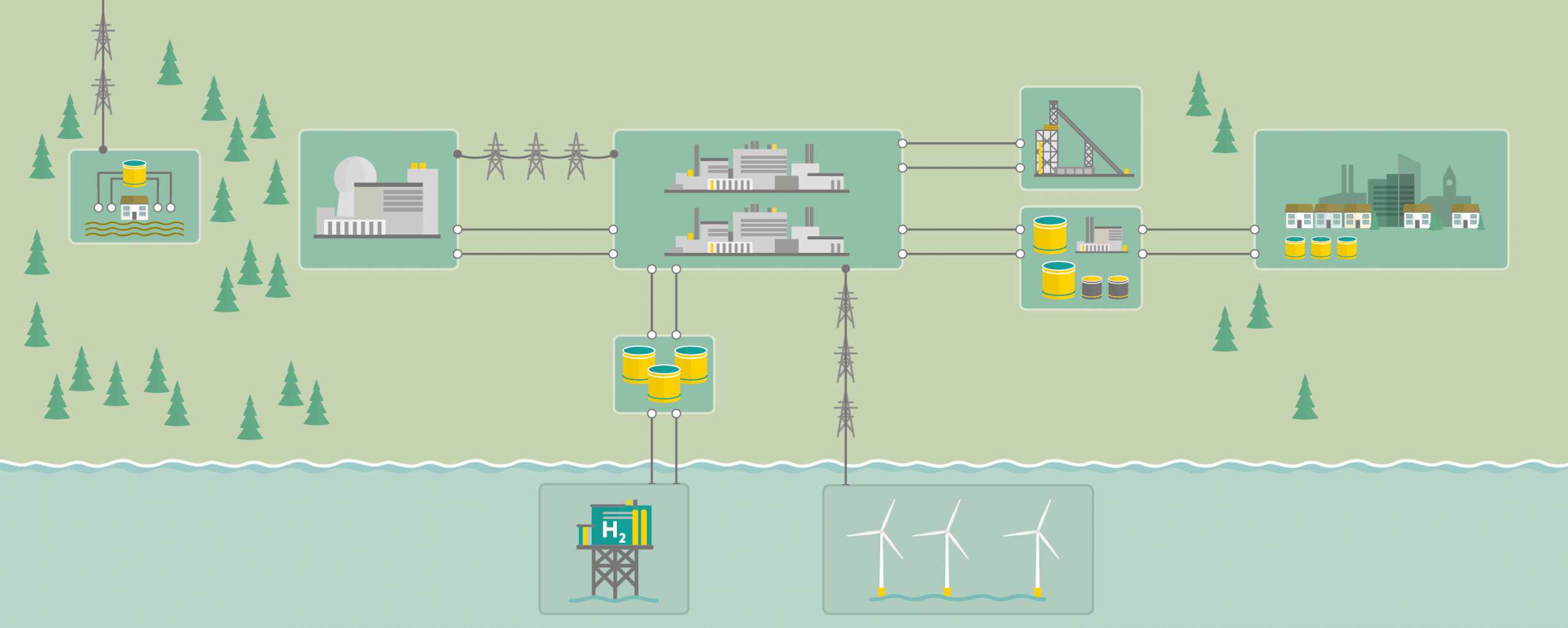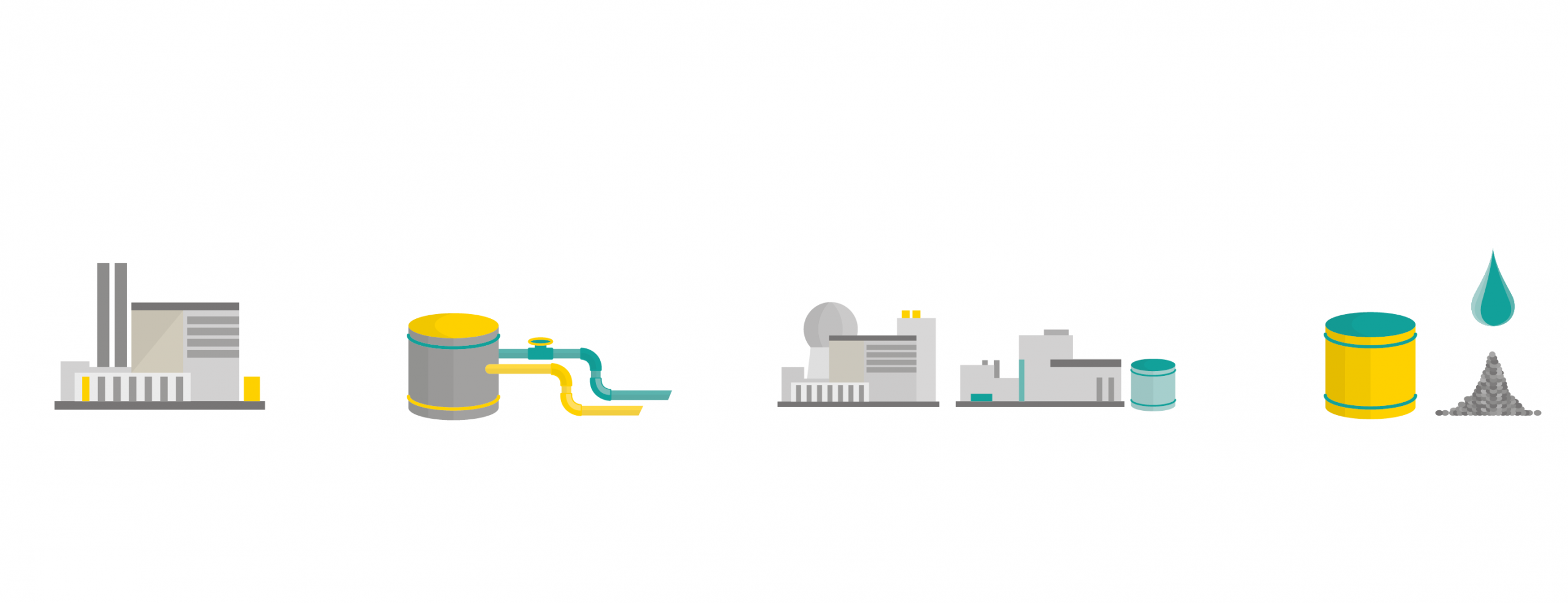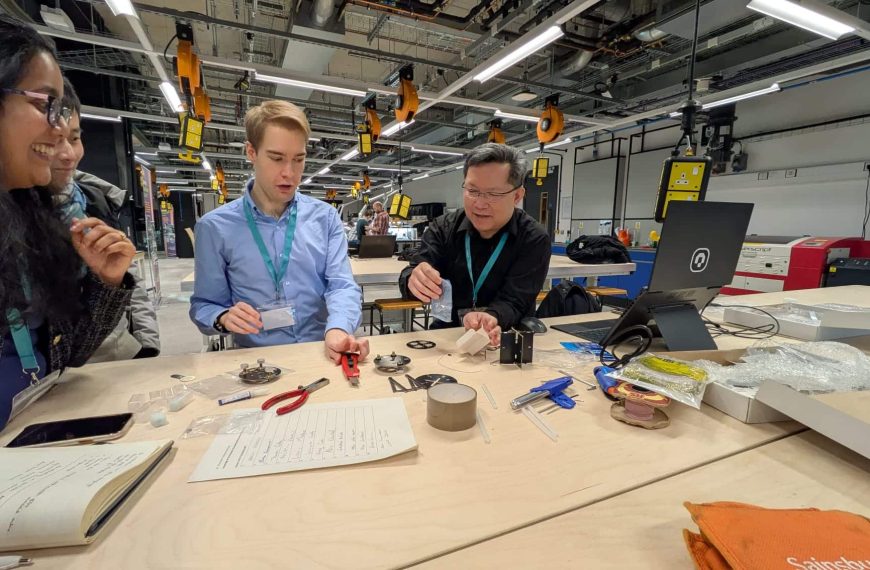Overview
Materials Science and Engineering (MSE) are vital to solving some of the pressing dangers to our environment and to making our society sustainable. At Royce, we’re supporting the research and innovation needed in advanced materials to enable the government’s target to reach net-zero by 2050 in the 10 steps outlined on this page.
We want to find better ways to maintain and renew materials or recycle them into fresh products. The research we support can be used to design and engineer new materials with a lower environmental cost by looking at the world on a molecular level. We can make energy systems more efficient by understanding and predicting how materials react in challenging environments – for example at sea, in a nuclear reactor or in a rapidly charging battery. We can also use research and innovation to make materials more resilient to future climate change.

1. Offshore Wind
New materials will increase the lifespan of wind turbines and research into protective coatings will help us to generate green energy from offshore wind more reliably and at a lower cost.

2. Hydogen
Materials science research will help to develop new methods for generating greener hydrogen and create new ways to store and deliver this sustainable energy source.

3. Nuclear Power
New metals and coatings technologies which can withstand the high temperatures within the next generation of small modular nuclear reactors will be used to safely deliver low cost clean energy.

4. Zero Emission Vehicles
New materials will help to create greener engines and manufacturing processes. Materials Science will make future vehicles lighter and deliver the technology to power and extend the range of electric and hydrogen vehicles.

5. Public Transport, Cycling and Walking
From textiles to batteries, materials play a major role in making rail and bus services more comfortable and sustainable. Smart fabrics will be used to recharge devices and track health as well as protecting us from extreme weather conditions.

6. Air & Sea
Want to travel in a supersonic jet that runs on green fuel? Research into high temperature materials and coatings will make this possible.

7. Greener Buildings
Materials science is reducing emissions in homes across the world: using biomaterials to make buildings regulate their temperatures better, removing CO2 from construction industries and creating energy efficient domestic appliances.

8. Carbon Capture
Materials science will help us to find new ways of capturing CO2 from the environment so we can use it in new synthetic fuels.

9. Protecting our Environment
From cutting down on plastic waste and pollution by recycling to creating new materials for farming such as sustainable fertilisers, materials science will play a role in protecting our natural environment.

10. Finance & Innovation
Materials science will reduce the carbon footprint of banking and finance by creating faster, energy efficient computers and devices. Green finance also funds projects to develop new materials systems that we can then use in sustainable society.






